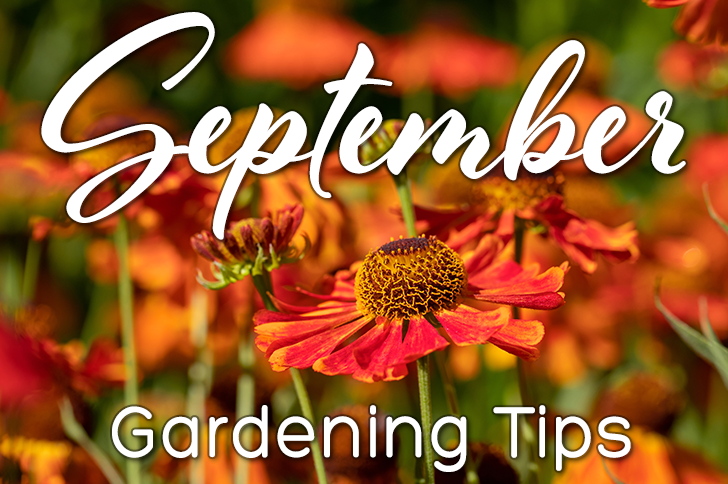As summer’s heat softens and daylight hours gradually wane, September marks a pivotal month for gardeners here in Eastern North Carolina. From sowing cool-season veggies to tidying up summer spent blooms, these tasks set the stage for a vibrant fall and a strong spring comeback.
What to Plant and Sow
- Landscape Shrubs & Groundcovers
Source hearty varieties of holly, camellia, and sweetspire now. Planting before cooler weather lets roots establish without scorching sun stress. - Cool-Season Vegetables
- Mustard greens, turnips, radishes, and onions
- Sow seeds directly in well-amended beds
- Expect harvests in 30–60 days, depending on the crop
- Fall Annuals & Pansies
Add pops of color with pansies, violas, and ornamental kale. Plant in light shade or dappled sun for best longevity. - Bulbs for Spring Bloom
Autumn is the prime time to set daffodils, tulips, and hyacinths. Plant 6–8 weeks before the first frost to encourage robust root growth.
Lawn and Soil Care
- Soil Testing
Take a soil sample for pH and nutrient analysis. Adjust lime or sulfur now so amendments integrate before winter. - Mulching
Spread 2–3 inches of organic mulch around trees, shrubs, and garden beds. This conserves moisture and moderates soil temperature swings. - Aeration and Overseeding
For tired lawns, core-aerate high-traffic areas and broadcast cool-season grass seed (tall fescue blends). Keep soil evenly moist until new turf is established.
Pruning, Cleanup, and Maintenance
- Summer Bloom Cleanup
Remove spent flowers from crape myrtle, roses, and hibiscus to encourage a tidy fall appearance and reduce pest habitat. - Hold Off on Hard Pruning
Avoid major shrub trimming until late winter to prevent tender new growth that could be damaged by early cold snaps. - Tool Care
Clean, sharpen, and oil pruners, shears, and shovels. Properly maintained tools make work safer and more efficient.
Pest and Disease Watch
- Monitor for Fall Armyworms and Aphids
These pests can surge in late summer. Scout weekly and treat localized outbreaks with insecticidal soap or beneficial nematodes. - Leaf Spot and Mildew
Improve airflow by thinning overcrowded perennials. Apply a copper- or sulfur-based fungicide if leaf spots appear. - Wildlife Damage
Deer and rabbits start browsing on tender fall plantings. Protect young shrubs with mesh guards or motion-activated sprinklers.
Preparing for Cooler Weather
- Irrigation Adjustment
Gradually reduce watering frequency as temperatures drop, but ensure newly planted shrubs receive 1” of water per week until established. - Cover Crops and Green Manures
Plant crimson clover or winter rye to add organic matter, suppress weeds, and minimize erosion through the off-season. - Plan Next Year’s Garden
Sketch out crop rotations and sketch new beds now, while soil moisture and light levels allow easy digging.
September Planting Checklist

Ready to make the most of September’s gardening window? With these tailored tips, your landscape will thrive through fall and beyond.



